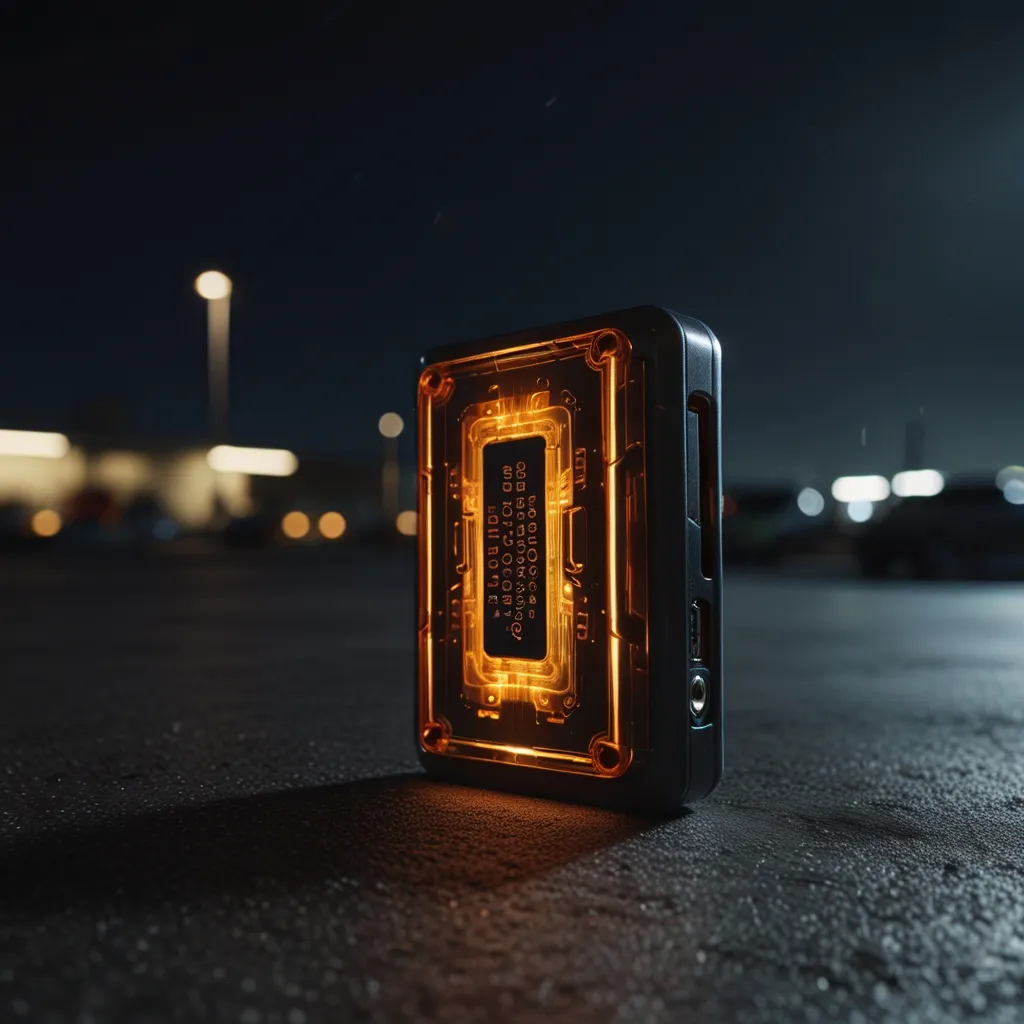In 2008, a man named Raaza discovered a brand-new USB drive in the parking lot of his workplace. Thinking it could come in handy, he brought it inside and used it as any other thumb drive. Unbeknownst to him, this ordinary-looking USB was planted by foreign agents and contained a highly sophisticated computer worm, the world’s first known cyber weapon.
This tiny device, costing just around $20, held the power to cause devastation that could have otherwise taken hundreds of millions of dollars, numerous lives, and potentially a major regional war. The parking lot where Raaza found this USB drive belonged to a nuclear enrichment research facility in Iran.
The malware, now famously known as Stuxnet, was meticulously designed to be subtle, making it nearly impossible to detect for years. Its primary target was the programmable logic controllers (PLCs) used in Iran’s uranium enrichment centrifuges. These industrial computers controlled the processes vital for creating a nuclear bomb. Stuxnet altered the centrifuges’ programming, causing them to spin irregularly and break down more frequently than normal. However, it made sure the supervisory systems reported that everything was operating smoothly, masking its malicious impact.
The worm was crafted to be extremely stealthy; it remained dormant for extended periods to ensure widespread infection before activating its destructive payload. It’s believed Stuxnet set back Iran’s nuclear program by several years due to its precise and high-level execution.
How exactly did Stuxnet infiltrate the air-gapped Iranian nuclear facility? The specific details remain speculative. However, it’s widely accepted that it involved someone unknowingly using an infected device like a USB drive. Once inside, the worm exploited at least four zero-day vulnerabilities—security flaws unknown to software vendors at the time, allowing for undetected intrusion and damage.
Stuxnet’s sophistication was recognized globally in 2010 when it spread beyond the air-gapped facility. A tech support call from Iran about computers experiencing crashes and reboots led to its discovery. Antivirus experts in Belarus detected the unusually advanced malware, sharing their findings with the international cybersecurity community. It became apparent that a highly coordinated, state-sponsored cyber weapon was in play.
Although neither the US nor Israel has officially admitted to creating Stuxnet, it’s believed the worm was part of a covert operation—known as Operation Olympic Games—initiated under the George W. Bush administration and continued by Barack Obama’s government. This operation represented a non-violent approach to hindering Iran’s nuclear ambitions, avoiding potential military conflicts that could destabilize the region.
Stuxnet fundamentally changed the landscape of cyber warfare. It demonstrated for the first time that malware could have real-world, physical effects. Beyond its intended Iranian centrifuges, its impacts were felt globally, showcasing the potential for cyber attacks to disrupt critical infrastructure like power grids or industrial control systems.
This incident serves as a wake-up call about the potential reach and ramifications of such cyber threats. Vigilance, robust cybersecurity measures, and staying informed are vital to safeguard against similarly sophisticated attacks in the future.






